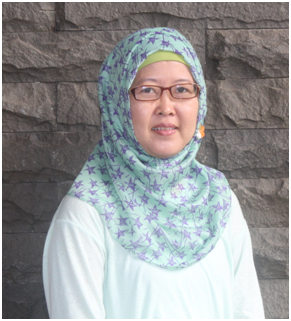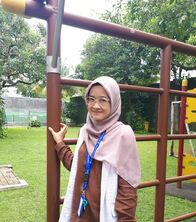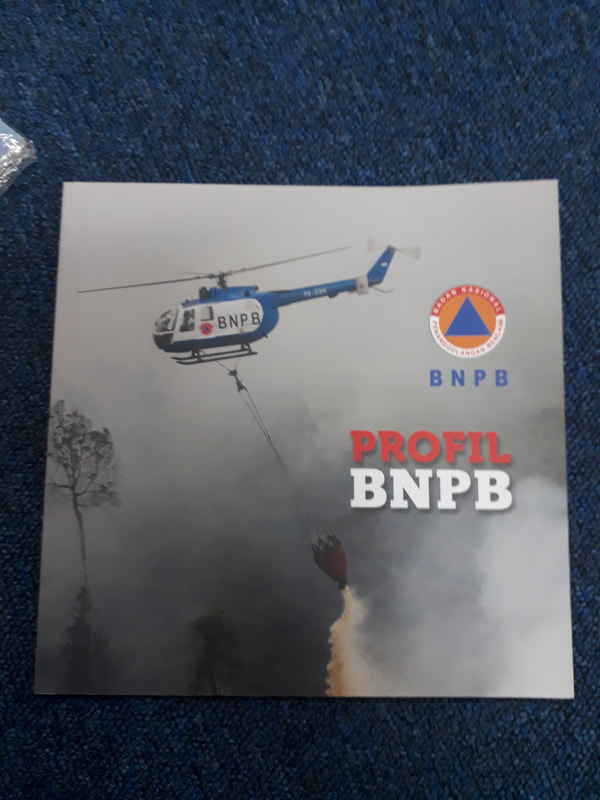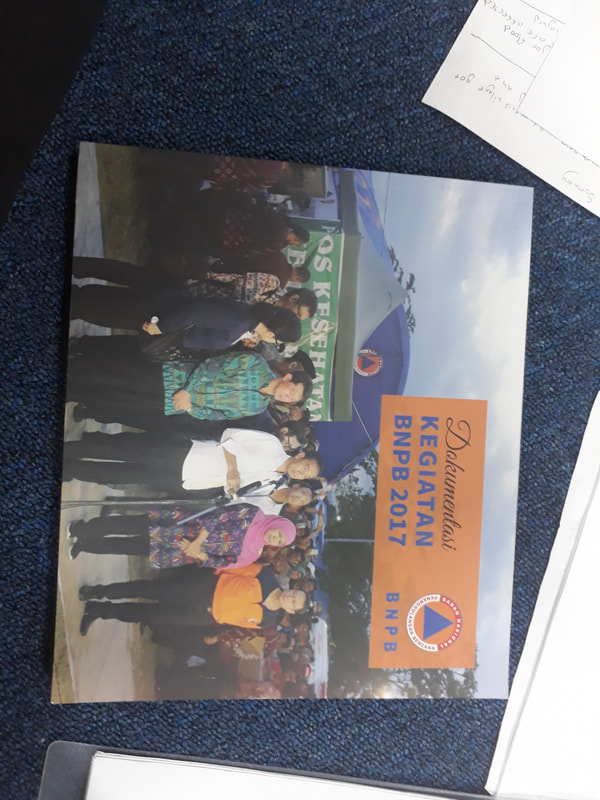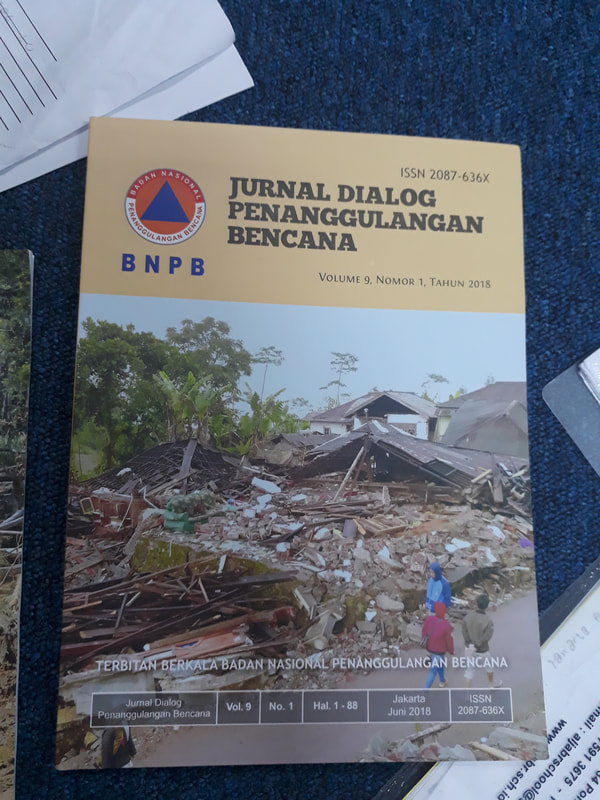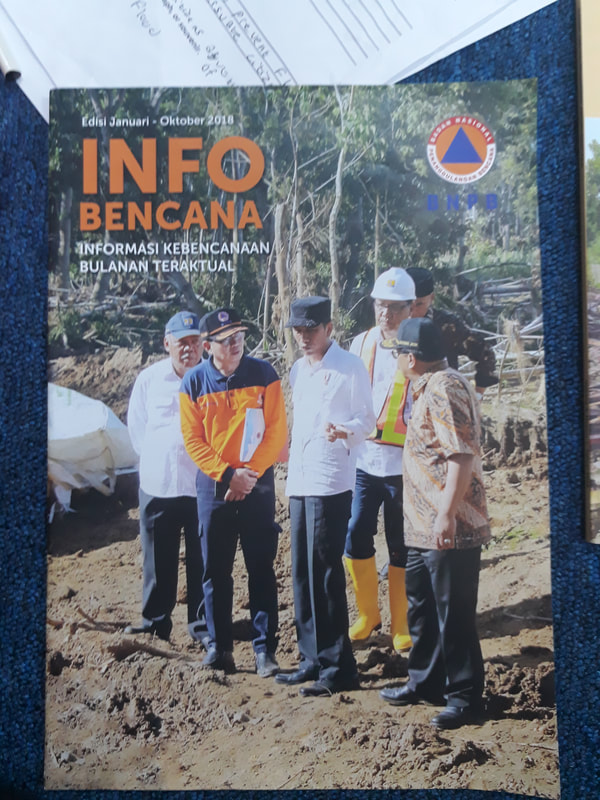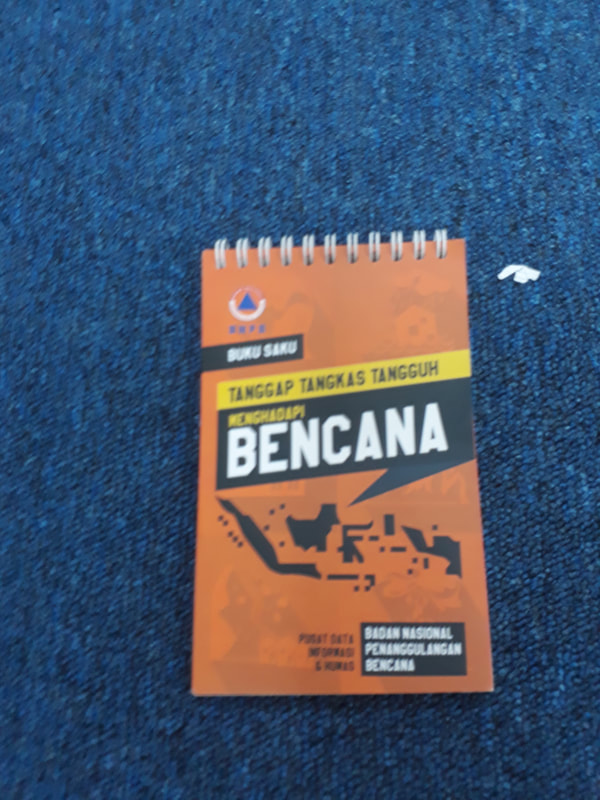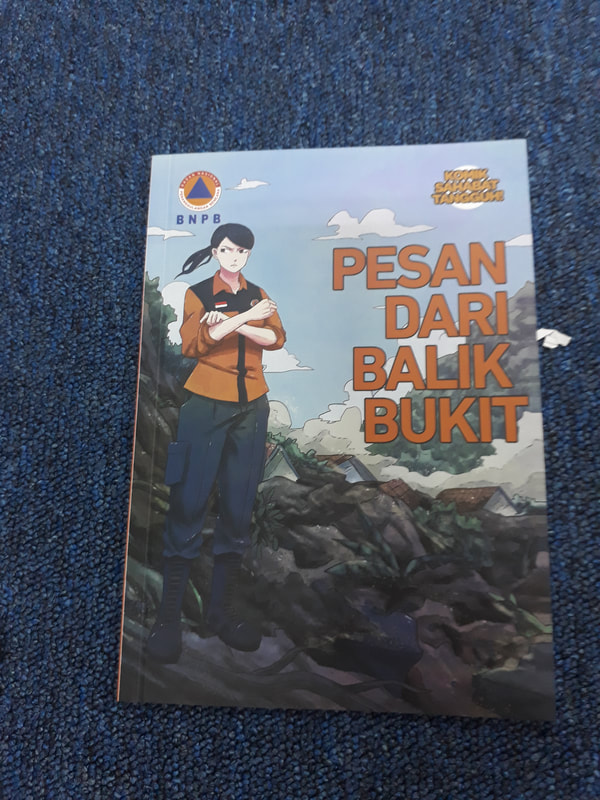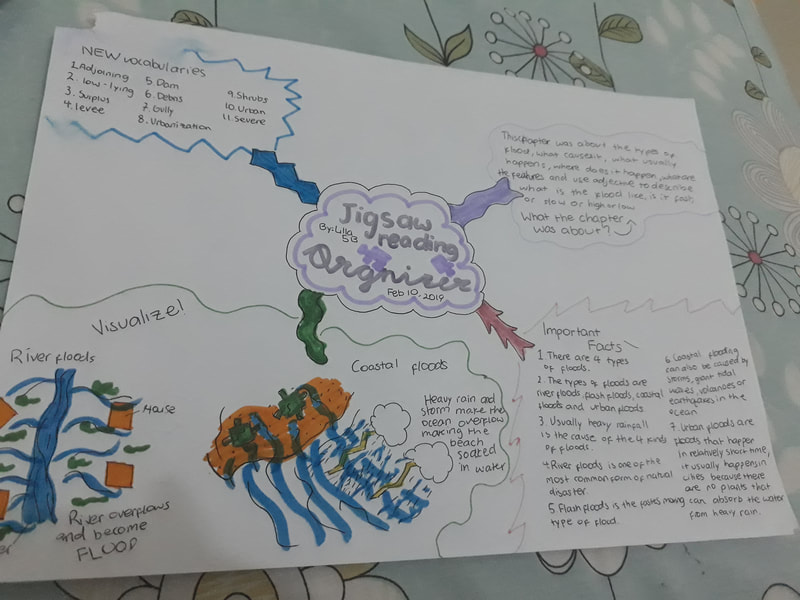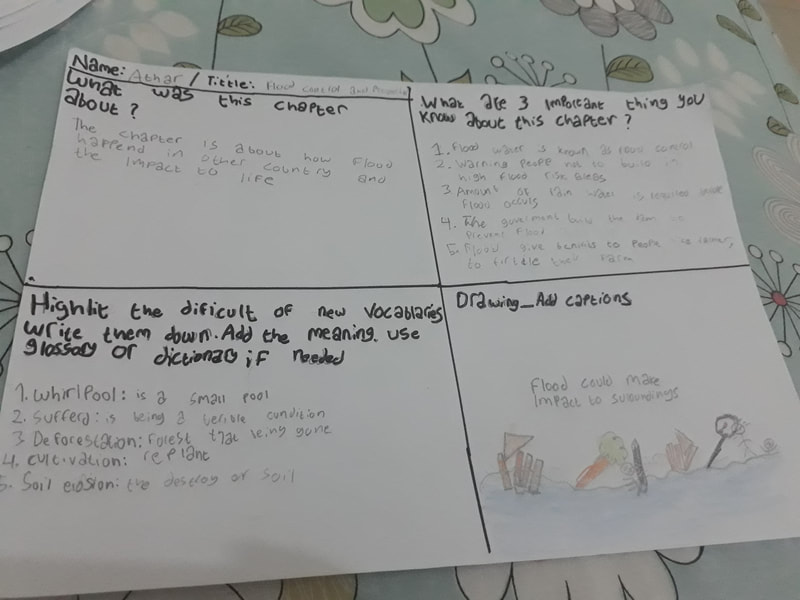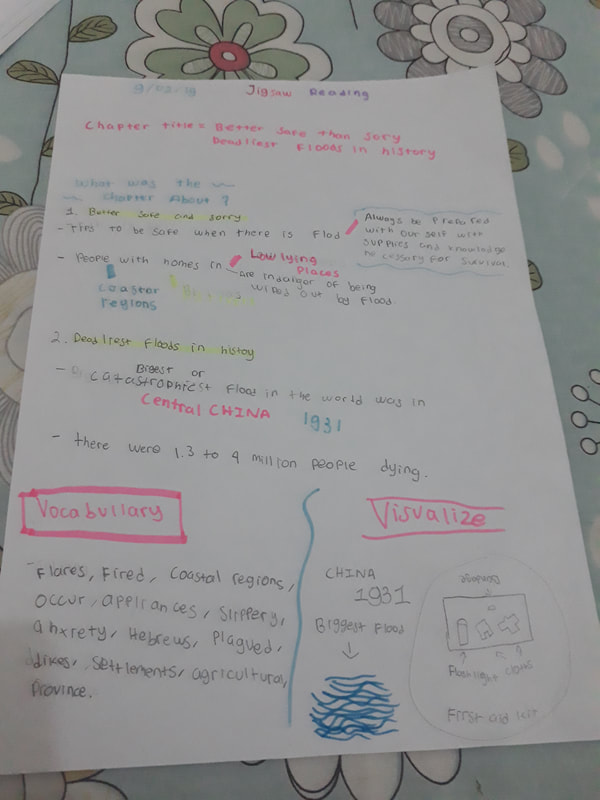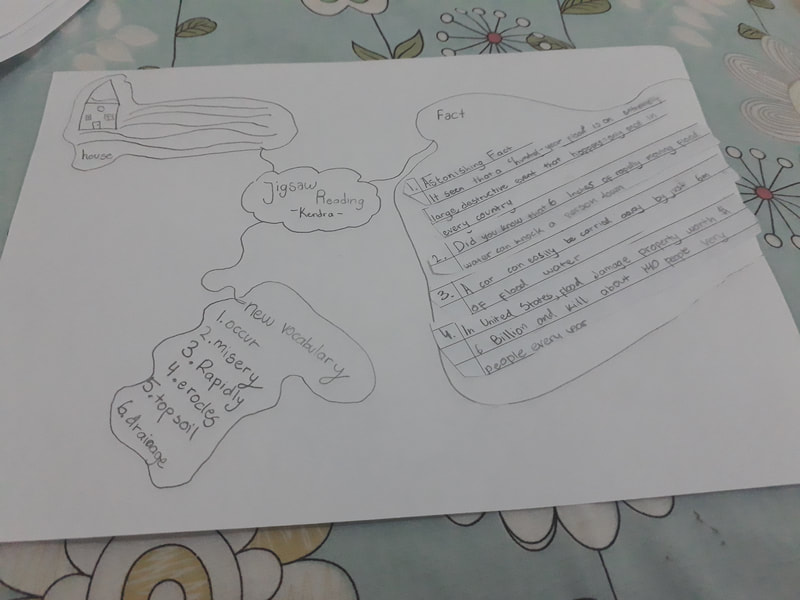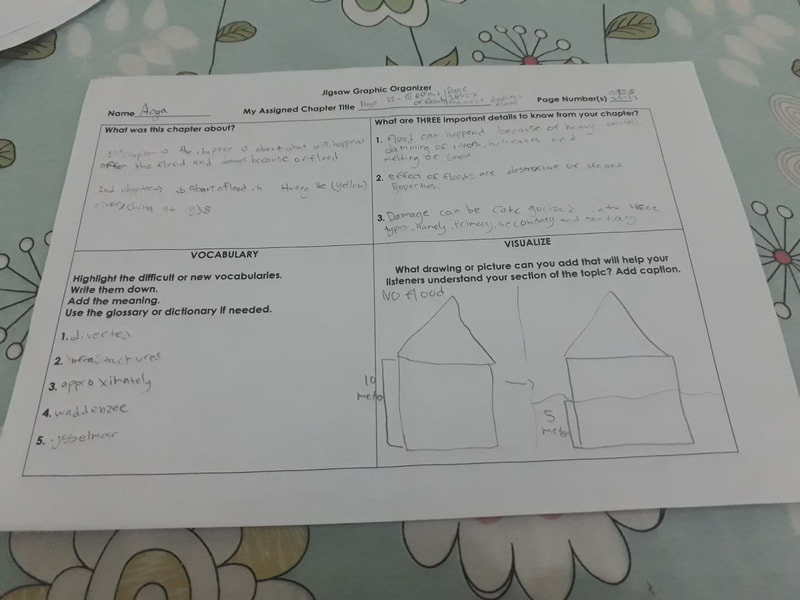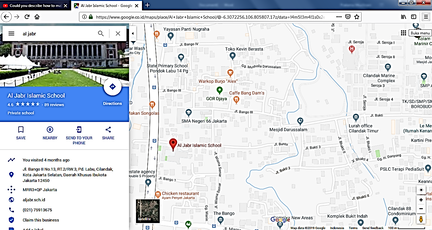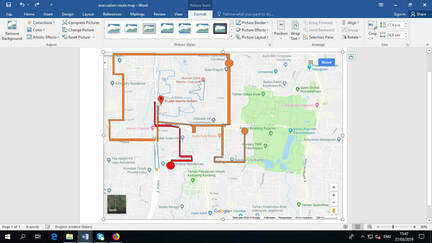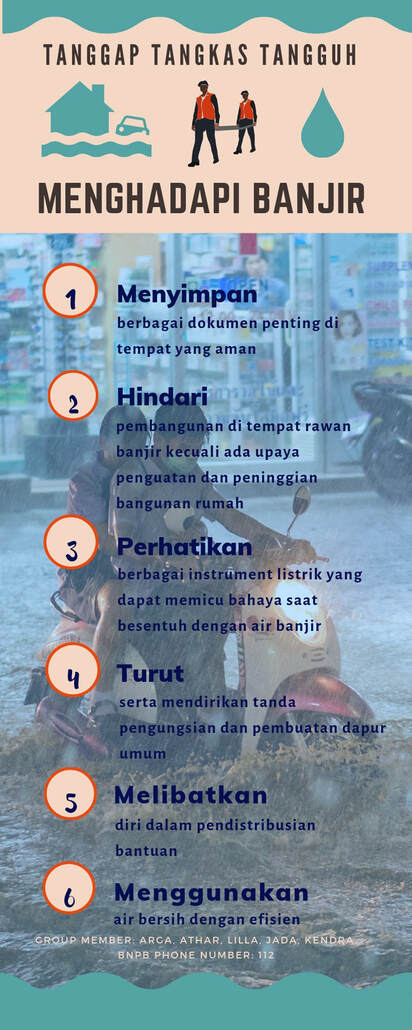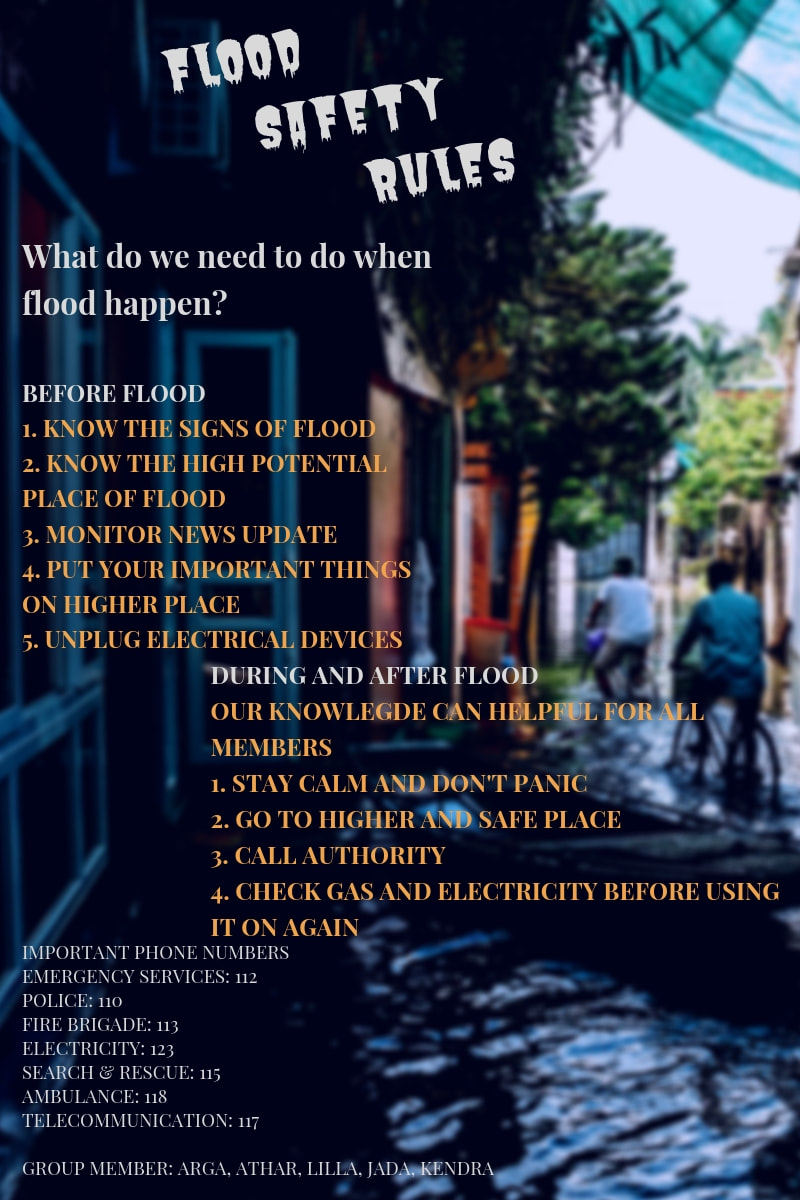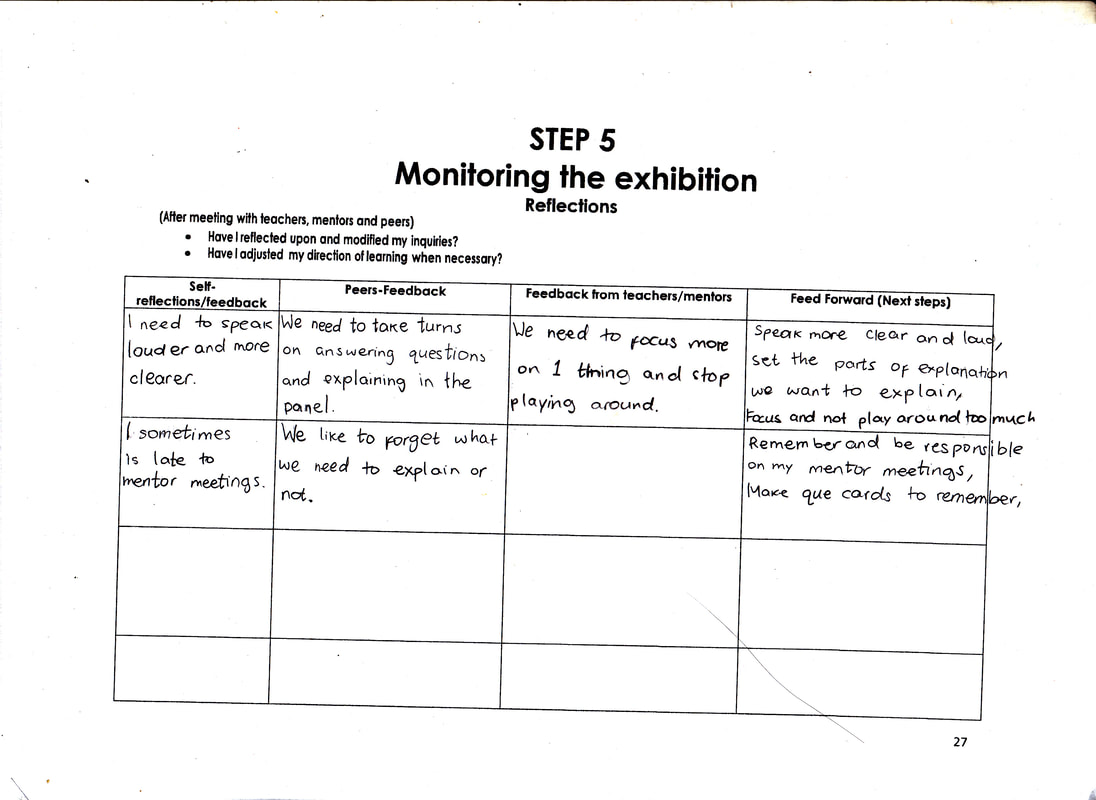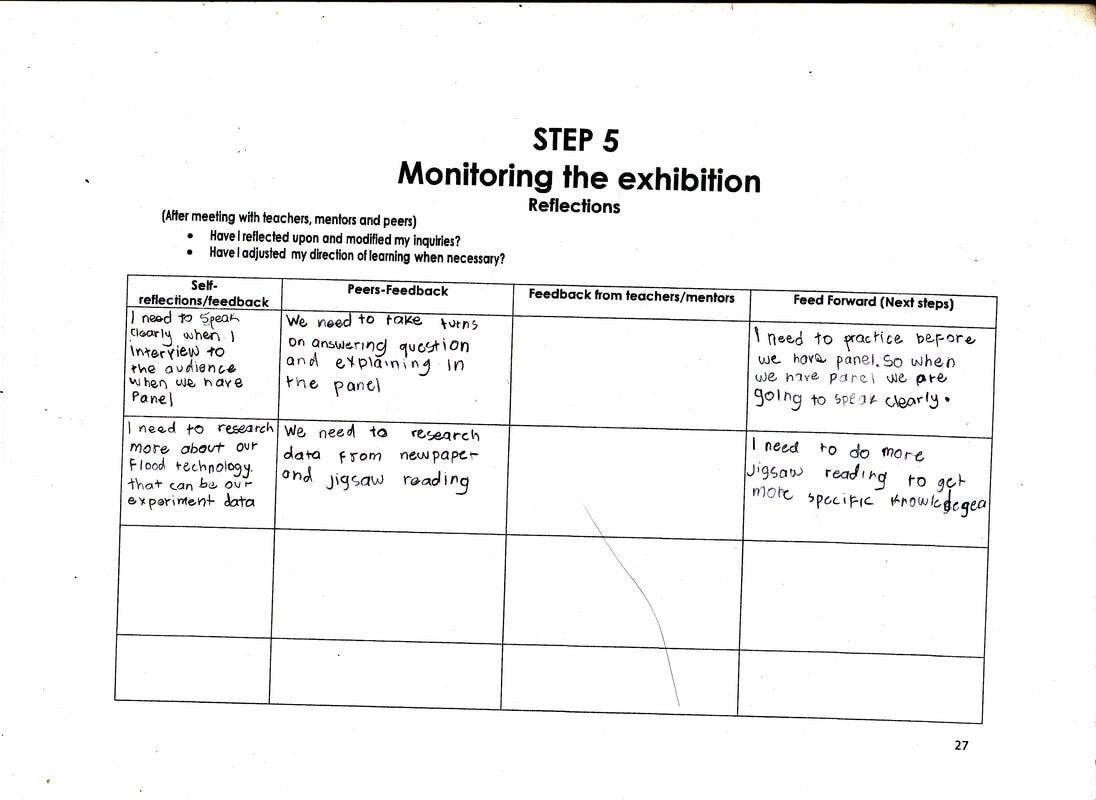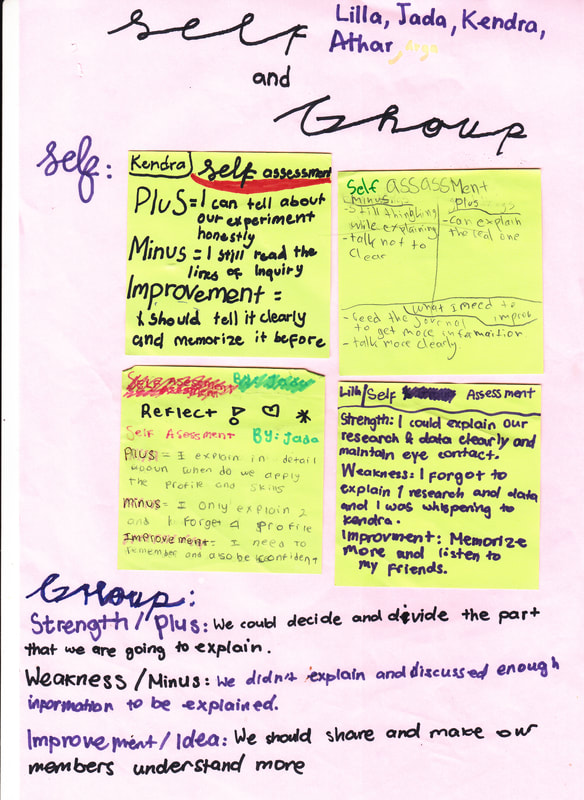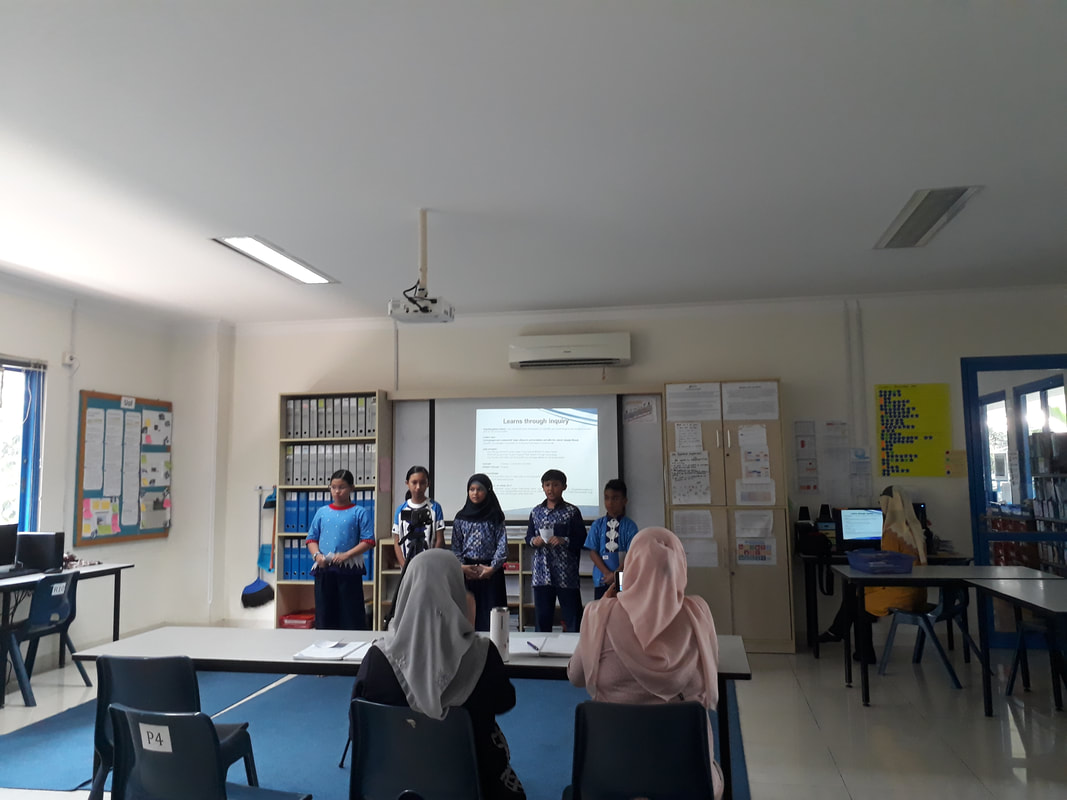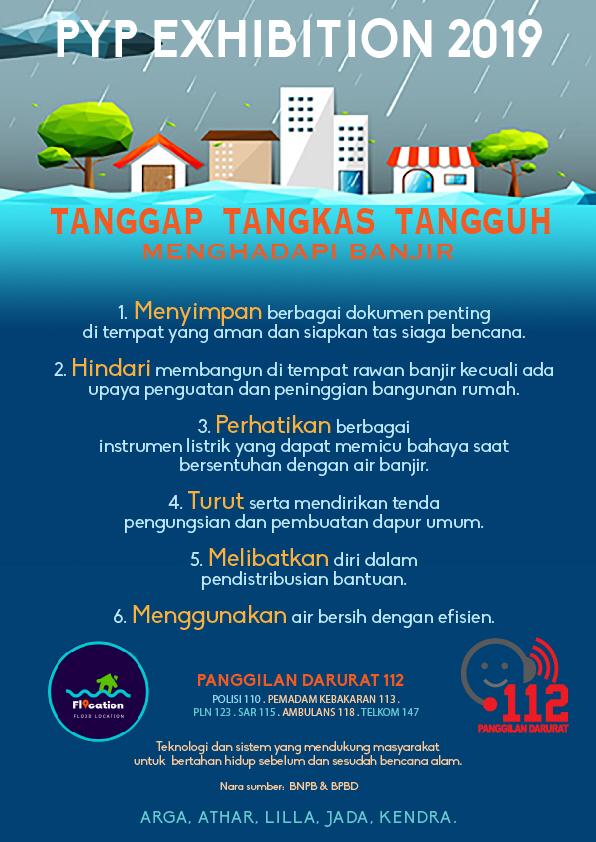TOPIC: Detect natural disaster through Maps
researcher squad
mentors
CENTRAL IDEA
Scientific knowledge is constantly envolving and has impact on human life.
"Technologies and systems that support citizens to survive before and after natural disasters"
Scientific knowledge is constantly envolving and has impact on human life.
"Technologies and systems that support citizens to survive before and after natural disasters"
|
TRANSDICIPLINARY THEME
The interaction between the natural world (physical and biological) and human sociefies |
KEY CONCEPTS
Change, Connection, Function |
RELATED CONCEPTS
Progress |
LINES OF INQUIRY
How government system function:
Impact of government on citizens:
How the government system helps to provide to their citizens
What the government does to support their citizens through technology
How human activities can have positive or adverse effects on the environment
How government system function:
Impact of government on citizens:
How the government system helps to provide to their citizens
What the government does to support their citizens through technology
How human activities can have positive or adverse effects on the environment
OUTCOMES LEARNING
Describe the interactions of living things within and between ecosystems
Investigate the conservation of energy in ecosystems
Explain how human activities can have positive or adverse effects on local and other environments
Describe the interactions of living things within and between ecosystems
Investigate the conservation of energy in ecosystems
Explain how human activities can have positive or adverse effects on local and other environments
STEP 1
identifying global significant issues
exploring, wondering, and questioning
Students' Journal
|
|
|
|
|
|
STEP 2
determining timing and time frame
making connections between previous learning and current learning
Students' Journal
|
|
|
|
|
|
Student's Key Concept
step 3
engaging support from the learning community
collecting data and reporting finding/ researching and seeking information
Students' Journal
|
|
|
|
|
|
|
Field Trip to BPBD
Field Trip Reflection
|
Interview
Interview's Sheet
|
Skype Interview with Open Street Maps
STEP 4
Organizing and Learning
experimenting and playing with possibilities/ solving problems in a variety of ways
Students' Journal
|
Experimenting Process to Create Flood's Map
|
Poster Creating Process
|
STEP 5
monitoring the exhibition
establishing and testing theories
Students' Journal
STEP 6
Sharing the exhibition
taking and defending a position
ACTIONS
Alternative Route Map Preview









